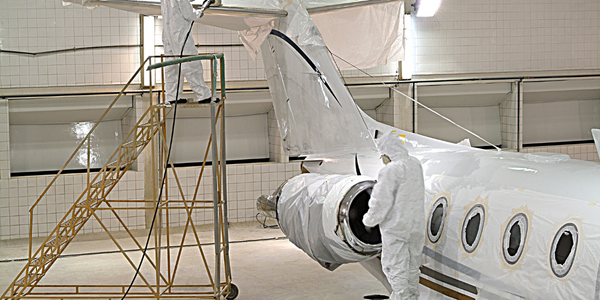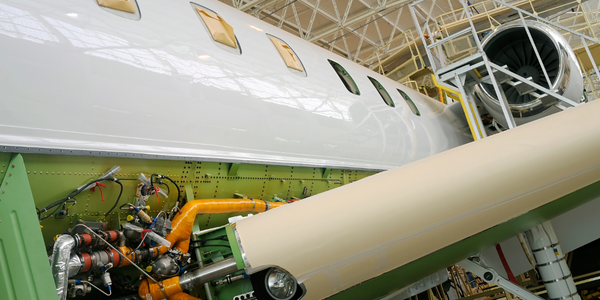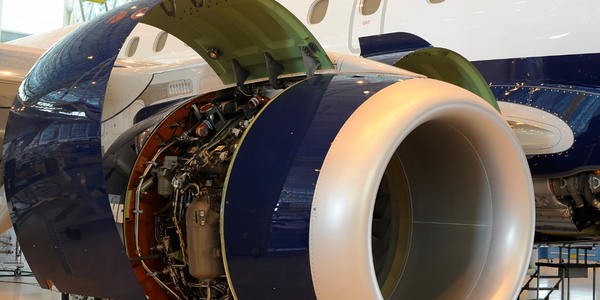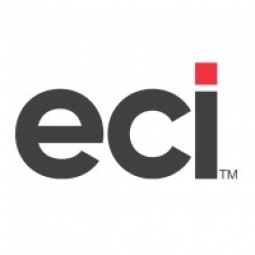公司规模
SME
地区
- America
国家
- United States
产品
- E2 ERP software
技术栈
- ERP software
实施规模
- Enterprise-wide Deployment
影响指标
- Productivity Improvements
- Cost Savings
技术
- 功能应用 - 企业资源规划系统 (ERP)
适用行业
- 航天
适用功能
- 离散制造
用例
- 自动化制造系统
服务
- 系统集成
关于客户
Art Brass Aerospace Inc. 是一家主要从事航空航天业的公司。他们是波音公司的第三方供应商,为机械车间喷漆和电镀机加工飞机零件。该公司最初是一家只有 10 名员工的小车间,但最近已发展到拥有约 100 名员工,去年又有 40 名员工加入。这种快速增长导致运营需求增加,需要更高效的规划和跟踪系统。
挑战
波音公司的第三方供应商 Art Brass Aerospace Inc. 因业务快速增长而面临巨大挑战。该公司从 10 人车间扩张到 100 人车间,去年新增了 40 名员工。然而,他们的规划能力未能跟上增长步伐,导致运营效率低下。该公司使用的软件过时,速度慢、不可靠,用户界面差。软件速度太慢,他们甚至无法有效地规划工作。他们还缺乏扫描工作或跟踪车间工作位置的能力,导致浪费时间和精力。
解决方案
在使用旧系统四年后,Art Brass Aerospace 决定改用企业资源规划 (ERP) 软件 E2。生产经理 Ryan Triguerio 之前曾使用过 E2,他相信 E2 会帮助公司发展。E2 的吸引力之一是车间只需极少的培训。购买 E2 六个月后,该公司目前正处于实施 E2 的最后阶段。他们已经开始“软部署”,包括编写工作旅行表、认证、打印装箱单以及向 QuickBooks 发送发票。未来的项目包括为工作旅行表添加图片、创建更多自定义报告以及在 E2 中跟踪库存。
运营影响
数量效益

Case Study missing?
Start adding your own!
Register with your work email and create a new case study profile for your business.
相关案例.

Case Study
Airbus Soars with Wearable Technology
Building an Airbus aircraft involves complex manufacturing processes consisting of thousands of moving parts. Speed and accuracy are critical to business and competitive advantage. Improvements in both would have high impact on Airbus’ bottom line. Airbus wanted to help operators reduce the complexity of assembling cabin seats and decrease the time required to complete this task.

Case Study
Aircraft Predictive Maintenance and Workflow Optimization
First, aircraft manufacturer have trouble monitoring the health of aircraft systems with health prognostics and deliver predictive maintenance insights. Second, aircraft manufacturer wants a solution that can provide an in-context advisory and align job assignments to match technician experience and expertise.

Case Study
Aerospace & Defense Case Study Airbus
For the development of its new wide-body aircraft, Airbus needed to ensure quality and consistency across all internal and external stakeholders. Airbus had many challenges including a very aggressive development schedule and the need to ramp up production quickly to satisfy their delivery commitments. The lack of communication extended design time and introduced errors that drove up costs.

Case Study
Accelerate Production for Spirit AeroSystems
The manufacture and assembly of massive fuselage assemblies and other large structures generates a river of data. In fact, the bill of materials for a single fuselage alone can be millions of rows of data. In-house production processes and testing, as well as other manufacturers and customers created data flows that overwhelmed previous processes and information systems. Spirit’s customer base had grown substantially since their 2005 divestiture from Boeing, resulting in a $41 billion backlog of orders to fill. To address this backlog, meet increased customer demands and minimize additional capital investment, the company needed a way to improve throughput in the existing operational footprint. Spirit had a requirement from customers to increase fuselage production by 30%. To accomplish this goal, Spirit needed real-time information on its value chain and workflow. However, the two terabytes of data being pulled from their SAP ECC was unmanageable and overloaded their business warehouse. It had become time-consuming and difficult to pull aggregate data, disaggregate it for the needed information and then reassemble to create a report. During the 6-8 hours it took to build a report, another work shift (they run three per day) would have already taken place, thus the report content was out-of-date before it was ever delivered. As a result, supervisors often had to rely on manual efforts to provide charts, reports and analysis.

Case Study
Developing Smart Tools for the Airbus Factory
Manufacturing and assembly of aircraft, which involves tens of thousands of steps that must be followed by the operators, and a single mistake in the process could cost hundreds of thousands of dollars to fix, makes the room for error very small.








